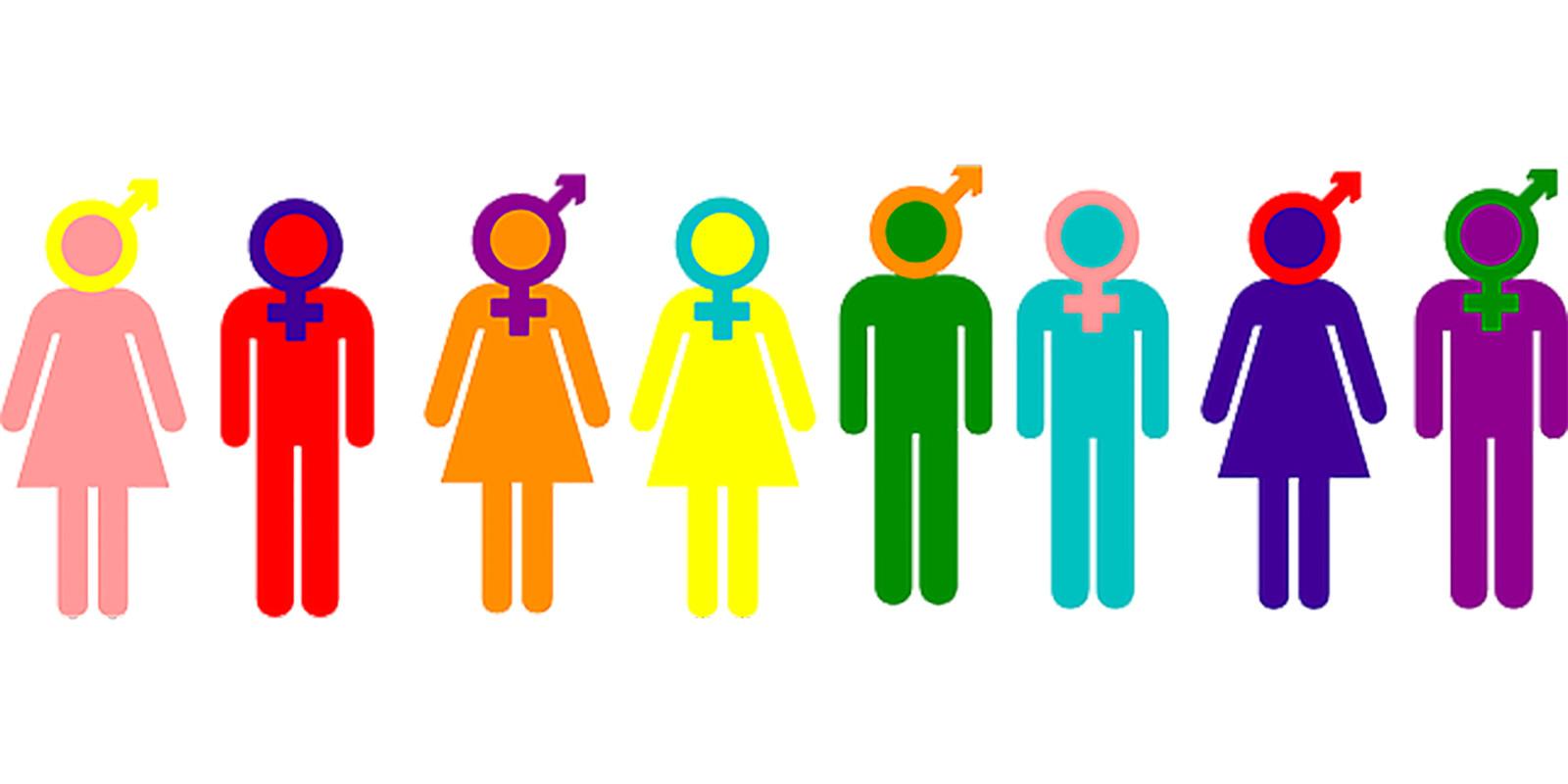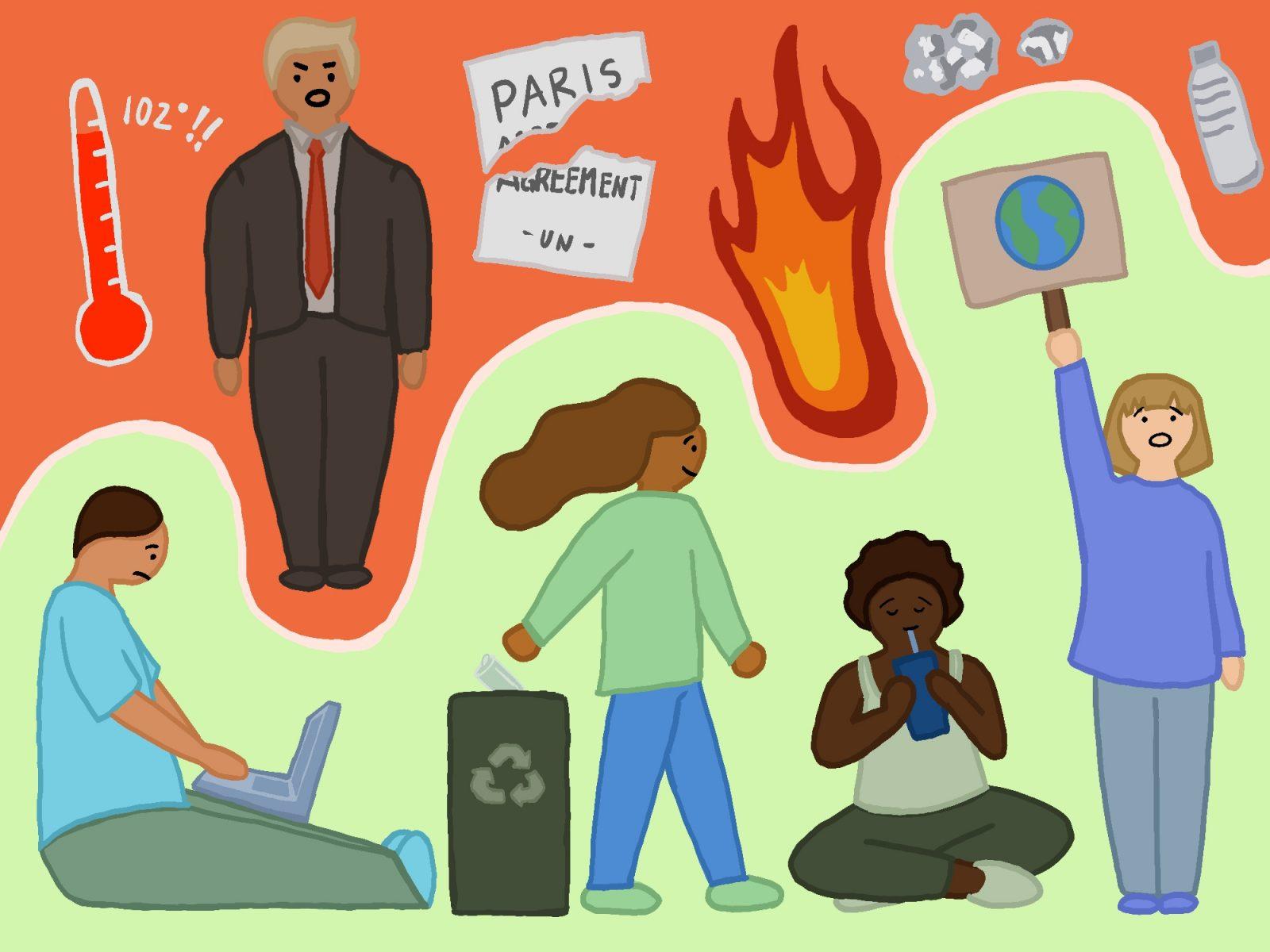The New York Times writer Wesley Morris penned a piece published Tuesday entitled, “The Year We Obsessed Over Identity.” He begs the question, “who do we think we are?” Questioning the labels that have defined our identities, Morris brings about the debate we often have within ourselves. Are we conformists? Are we individuals? And how do we define ourselves in terms of the labels society has created for us?
Morris notes that we have only recently come to be so obsessed with labels. He writes about example after example of celebrities, pop culture phenomena, books, musicals and television shows that represent our interest in them.
He writes, “There’s a sense of fluidity and permissiveness and a smashing of binaries. We’re all becoming one another. Well, we are. And we’re not.”
The piece brings up an intriguing contradiction. His claim that we are “in the midst of a cultural identity migration” speaks to how we define ourselves both as individuals and as groups of people. In some sense, if we don’t label ourselves, we can’t know who we really are. But, if we do label ourselves, we may limit our prospects to this one form of identity and never find out who we truly are.
At the same time, defining our identities helps us to find communities and connect with others. In a way, we bond with those who are like us. But we also want to be careful not to limit ourselves to just this circle of friends, or just this “type” of person.
The juxtaposition here is seemingly that identities are always perceived as singular entities that cannot be molded together. Morris, however, poses the idea that these identities are beginning to overlap and become multifaceted.
It’s true that while the option to identify ourselves is a positive, progressive move toward the future, the idea of having all of these labeling options can be taxing for a person who simply doesn’t know how they identify. When someone asks you what your racial, sexual or gender identity is, society implores you to answer. We are made to feel as though we have to pick one and that we can’t ignore these labels. It is true that society allows us to simply state, “I do not identify.” But even then, we are labeled. We identify as unidentifiable.
But it is also true that if everyone were just a grey blob of unidentified matter, we wouldn’t be able to have these important conversations about race, gender, sexuality and identity in general. By being forced to label ourselves, we are able to make those conversations that would be awkward and difficult all the less taboo.
Morris is correct in that it has taken us quite some time to get to this point of acceptance in society. But this seemingly revolutionary idea of identification isn’t something new. In the early 20th century, for example, sexual identity wasn’t as prevalent. Labels such as “gay” and “lesbian” didn’t exist as they do now. Only through religion, medicine and movements that sought to categorize others did these terms become prevalent. In other words, our society deemed identities problematic long before this particular pop culture shift. And this categorization of identities is arguably what gives people power over us — by allowing others to define us, we are allowing them to discriminate against our identities.
Realistically, this obsession with identity has a lot to do with the fact that, now, we are using pre-defined identities, taking them back and reclaiming them. Indeed, many identities are imposed upon us because of what others perceive us to be. But now, we have opportunities to present ourselves in ways that we didn’t before, and that’s why Morris’ piece is so poignant and compelling.
This new opportunity for self-identification could open up a door to a whole new swarm of ideas and labels. Take, for example, those who identify as transabled — also known as having Body Integrity Identity Disorder. These people identify as disabled, claiming that something about their physical body goes against how they feel as people. According to the National Post, they find surgeons who are willing to cut off arms they believe they weren’t meant to have, or spend their lives in wheelchairs even with full physical use of their legs. To many of us, this probably screams “mental illness” due to the physical harm these people bring upon themselves. But who are we to know any better? If we don’t experience it for ourselves, we don’t have a right to make judgments.
This gives us a new responsibility. Not only do we have to define ourselves, but we also need to find ways to respect those who identify as something we may see as taboo. Remember that just ten years ago, there wasn’t even a proper name for those who identify as transgender, and perhaps ten years from now, things like this won’t be so strange. But for now, there is a difference between acceptance and respect. And respect seems like the best way to approach all of these differing identities and labels. While we strive to one day be accepting of all people, there will always be labels that we can’t understand or don’t agree with.
For that reason, being accepting is much easier said than done. It’s such a sensitive, blurred line. We can say that transabled people aren’t actually disabled, but they feel that they are. Many people say that transgender people are just “going through a phase,” but they aren’t. Is the disabled community offended by this? Do they have a right to be offended? Where do we draw the line between what we are able to identify as and what we aren’t?
We can see something like this in Morris’ example of Rachel Dolezal. Dolezal, a woman who claimed to be biologically black, made headlines when her two biological parents, who are white, told the world that she wasn’t actually black. Dolezal addressed the issue, arguing that even though she wasn’t biologically black, she still had the right to identify as a black woman. This story is undoubtedly offensive to many members of the black community. By claiming a black identity, Dolezal has participated in the cultural appropriation that society demonizes, as it should. But Morris isn’t wrong when he writes, “But there was something oddly compelling about Dolezal, too. She represented — dementedly but also earnestly — a longing to transcend our historical past and racialized present.”
So herein lies the issue: Is Dolezal allowed to really feel as though she is a black woman? How does she truly know what being a black woman feels like? And does she have a right to know what a black woman feels like? It’s truly an extremely difficult concept to wrap our heads around.
In some ways, this culture shift speaks to the idea that it is “cooler” to have the ability to identify ourselves. Hollywood and other media have embraced the shift of identities as Morris describes it. As much as we may believe our laws and politicians shape the narrative of our society, it is actually the pop culture icons and moments that Morris describes, such as “Hamilton,” Caitlyn Jenner, “The Unbreakable Kimmy Schmidt,” “Go Set a Watchman” and Bill Cosby, that define how we think about others and identification in general.
In television specifically, rather than focusing on teen drinking or smoking, programs are focusing on teen sexuality and racism. The media has the ability to agenda set in ways that they never have before, especially through such two-way communication spheres as Twitter, Facebook and blogs. And, importantly, we don’t have to be well educated or live in certain parts of the country to see these subjects’ significance. Popular culture is available to everyone who lives in the United States.
However, there is another important take away from this piece — we have to remember that, while we’ve made leaps and bounds from where we used to be in terms of acceptance, say, thirty years ago, we still have a great deal of progress to make. We’ve become more attuned to the fact that we shouldn’t base our own identities off of other people’s labels of us. But that line remains blurred for many. People are still killed every single day for their identities, whether they be racial or sexual or gender-based, not just in other countries around the world, but right here in the United States. A simple Google search can lead you to this conclusion.
Morris states this brilliantly: “We’re a vertical nation moving horizontally. We’re daring to erase the segregating boundaries, to obliterate oppressive institutions, to get over ourselves … the transition should make us stronger — if it doesn’t kill us first.”
Our ability to make progress is never ceasing. We have the opportunity to continue to defy the precedents set by generations before us and to grow acceptance within society. But it’s certainly not going to be easy.




















































































































